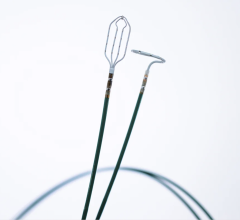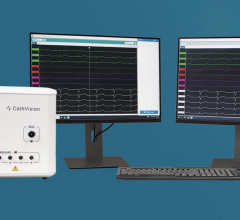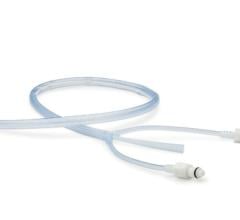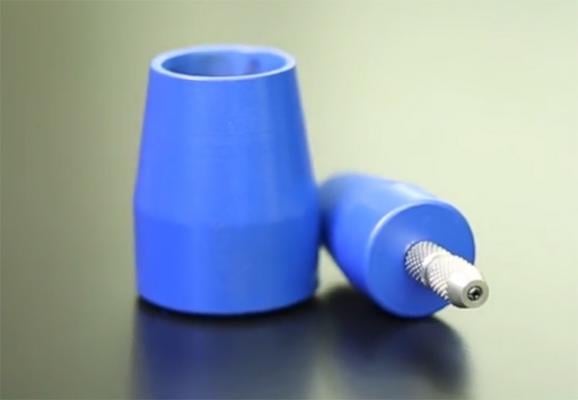
June 20, 2014 — Cardiac surgeons could use a patent-pending invention by Purdue University engineering students to standardize a test that determines if a pacemaker's leads are securely embedded in heart tissue.
SafePace is a mechanical device that could lower the rate of lead dislodgement of pacemakers, which regulate the beating of the heart by delivering electrical impulses through the leads. Elizabeth Mercer and Johnny Zhang, graduate students in Purdue University's Weldon School of Biomedical Engineering, designed and developed SafePace with Jason Lee and Joseph Pellettiere, then students in Purdue's School of Mechanical Engineering.
Mercer said a dislodged lead could result in overpacing or underpacing of the heart.
"Unnecessarily pacing the heart rapidly decreases the battery life, and if the patients have an implantable cardioverter defibrillator, they may receive accidental shocks," Mercer said. "Insufficient pacing means some of the electric pulses, which save lives, don't occur."
To directly test the mechanical stability of leads, surgeons are encouraged to tug on one end of the lead to gather tactile feedback. The tug test is highly subjective because the amount of force used could vary among procedures and surgeons.
"Surgeons have no tools to provide quality control or assurance that the tug is adequate and consistent across all procedures they perform," Zhang said. "Our mission in developing SafePace is to design a mechanical feedback system that increases a doctor's and patient's confidence in the stability of a pacemaker lead and reduces the probability of a lead being dislodged."
SafePace consists of two components held together through a proprietary coupling mechanism, but pull apart at a force that indicates that the lead is securely implanted.
"After the tip of the pacemaker lead has been implanted into the heart wall, one component of SafePace is attached to the end of the lead not affixed to the heart," Mercer said. "The surgeon grips the second component, then pulls. If SafePace does not separate, the lead will disengage with the heart wall and the surgeon will know it must be implanted again. If it separates into its two components, the surgeon will know the lead is well implanted."
SafePace does not cause any additional harm to the patient, is adaptable to current pacemaker leads, is non-invasive and adds minimal time to the procedure to implant a pacemaker. The Purdue Office of Technology Commercialization has filed applications for U.S. and international patents on the device.
"The next step to develop SafePace is to build a second prototype. We want to incorporate a device that can attach over the stylet, which is the stiffening agent of a pacemaker lead," Zhang said. "More testing is required before SafePace can be commercialized."
A video about SafePace is available at http://youtu.be/YMSs4vFzf48.
For more information: www.purdue.edu/newsroom/releases/2014/Q2/medical-device-by-purdue-engineers-could-standardize-pacemaker-lead-stability-tests.html

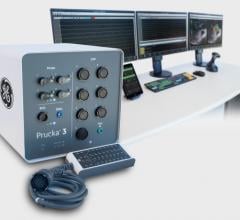
 February 02, 2024
February 02, 2024 

